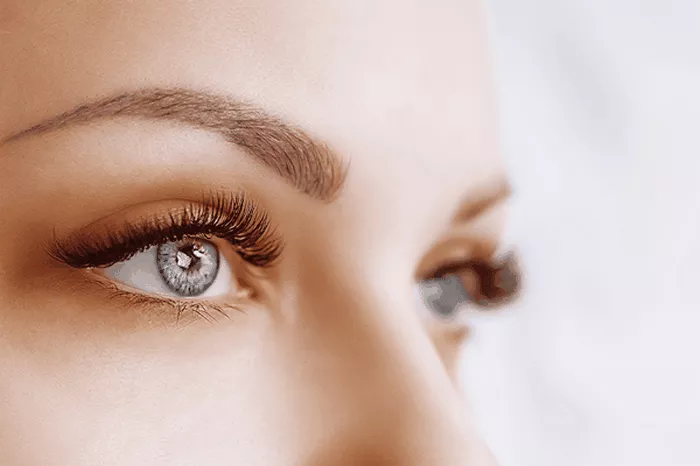Eyelid surgery, also known as blepharoplasty, is a popular cosmetic procedure designed to rejuvenate the appearance of the eyes by addressing sagging eyelids, under-eye bags, and puffiness. As with any surgical intervention, patients considering eyelid surgery often inquire about the recovery process and the expected downtime. Understanding the downtime associated with eyelid surgery is crucial for individuals planning the procedure, as it allows them to make informed decisions about their post-operative care and plan for their recovery period. This article aims to provide a comprehensive overview of eyelid surgery downtime, the factors influencing recovery, and what patients can expect during their recuperation journey to achieve refreshed and youthful-looking eyes.
Understanding Eyelid Surgery
Eyelid surgery, or blepharoplasty, is a surgical procedure that targets the upper and/or lower eyelids to correct signs of aging. Excess skin, fat, and muscle are carefully removed or repositioned to create a smoother and more youthful appearance. The surgery can also address functional issues, such as vision obstruction caused by droopy upper eyelids.
Expected Downtime for Eyelid Surgery
The downtime for eyelid surgery refers to the period during which patients may experience post-operative side effects and limitations in daily activities. While the duration of downtime can vary from patient to patient, the typical recovery timeline for eyelid surgery is as follows:
a. Immediately After Surgery: Following the procedure, patients will be monitored in a recovery area until they are awake and alert. In most cases, patients can return home on the same day as the surgery.
b. First Few Days: The first few days after eyelid surgery are crucial for proper healing. Patients are likely to experience swelling, bruising, and mild discomfort around the eyes. The surgeon may prescribe pain medication to manage any discomfort.
c. First Week: During the first week, patients are advised to get plenty of rest and avoid strenuous activities. Cold compresses can be applied to help reduce swelling and bruising.
d. Suture Removal: If non-dissolvable sutures are used, they are typically removed within five to seven days after the surgery.
e. Two Weeks: By the end of the second week, most of the swelling and bruising should have subsided, and patients can typically resume normal daily activities.
f. Full Recovery: While patients can return to work and resume light activities within two weeks, it may take several weeks for the final results to become apparent as residual swelling continues to diminish.
Factors Affecting Downtime
The downtime for eyelid surgery can be influenced by several factors:
a. Extent of Surgery: The complexity of the eyelid surgery, such as whether it involves both upper and lower eyelids, can impact the duration of downtime.
b. Individual Healing: Each individual’s body responds differently to surgery, and the rate of healing varies from person to person.
c. Surgical Technique: The specific surgical technique used by the surgeon can also influence the extent of swelling, bruising, and discomfort experienced by the patient.
d. Pre and Post-Operative Care: Following the surgeon’s pre and post-operative care instructions can significantly impact the speed and quality of recovery.
e. Patient Health: The overall health of the patient and their ability to follow post-operative care guidelines can affect recovery time.
Tips for a Smooth Recovery
To ensure a smooth recovery and optimize results after eyelid surgery, patients should consider the following tips:
a. Follow Post-Operative Instructions: Adhering to the surgeon’s post-operative care instructions, including medication management and wound care, is crucial for a successful recovery.
b. Rest and Sleep: Getting plenty of rest and elevating the head while sleeping can help minimize swelling and promote healing.
c. Avoid Strenuous Activities: During the initial recovery phase, patients should avoid heavy lifting, vigorous exercise, and activities that may strain the eyes.
d. Use Cold Compresses: Applying cold compresses gently to the eyes can help reduce swelling and bruising in the early days after surgery.
e. Protect Eyes from Sunlight: Wearing sunglasses with UV protection when going outdoors can shield the eyes from sunlight and reduce sensitivity.
Final Results and Longevity
While most of the swelling and bruising subside within the first few weeks after eyelid surgery, it may take several months for the final results to fully manifest. Patients can expect a more rejuvenated and refreshed appearance with improved eyelid contours and a brighter look to the eyes.
The longevity of eyelid surgery results can vary depending on individual factors, such as skin quality, lifestyle choices, and the natural aging process. While eyelid surgery does not halt the natural aging process, patients can maintain their results for many years by practicing a healthy lifestyle, protecting their skin from sun exposure, and adopting a regular skincare routine.
Conclusion
Eyelid surgery, or blepharoplasty, is an effective cosmetic procedure that can significantly rejuvenate the appearance of the eyes. The expected downtime after eyelid surgery varies from patient to patient, but most individuals can return to work and regular activities within two weeks. Understanding the recovery process and following the surgeon’s post-operative care instructions are vital for ensuring a smooth and successful recovery. By doing so, patients can look forward to achieving refreshed and youthful-looking eyes, with the final results continuing to improve in the months following the procedure. As with any surgical intervention, consulting with a board-certified plastic surgeon is essential for understanding individual candidacy, setting realistic expectations, and achieving optimal results from eyelid surgery.


